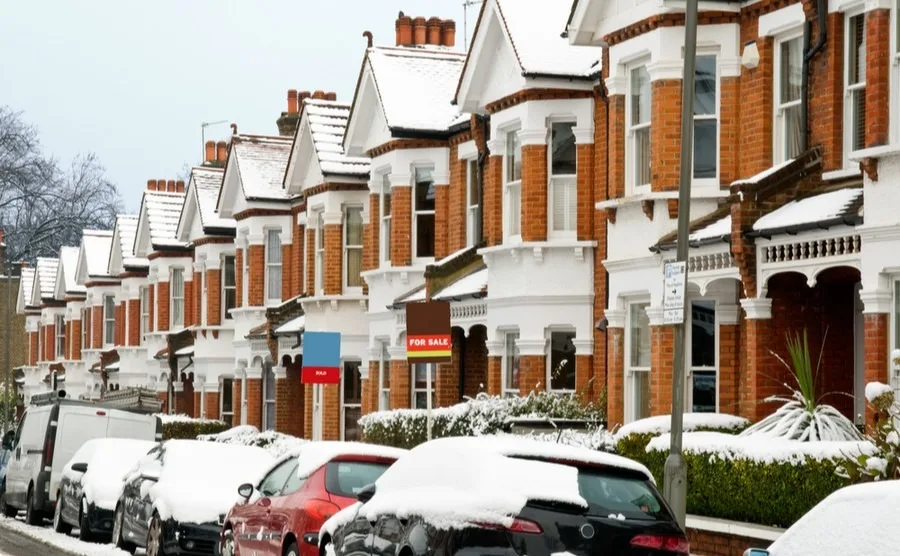Weatherproofing your home might not be as glamorous as kitchen renovations or a new home entertainment system, but it’s arguably the most fundamental aspect of homeownership. A well-protected home not only keeps you warm in the winter and cool in the summer, but it also saves you money on energy bills and contributes to a sustainable lifestyle.
In this comprehensive guide, we’ll explore the ways to bolster your home against nature’s whims, creating a safe and comfortable sanctuary you can be proud of.
Assessing Vulnerabilities: Your First Step to a Weather-Ready Home
Before you can start weatherproofing, you must know the areas of your home that need attention. Common vulnerabilities include windows, doors, the roof, and insulation.
Inspecting Doors and Windows
Gaps and leaks around doors and windows can substantially sabotage your home’s thermal efficiency. Simple visual checks of the caulk, weatherstripping, and seals can reveal if they’re due for a touch-up or replacement.
The Importance of a Sound Roof
Your roof is the first line of defense against rain and snow. Regular inspections to detect missing shingles, cracking seals, or any other signs of damage will prevent water ingress and maintain your home’s structural integrity.
Understanding Insulation’s Role
Proper insulation is pivotal. It not only regulates your home’s temperature but also plays a significant role in soundproofing. Common places to find inadequate insulation include attics, basements, and crawl spaces.
Weatherproofing Techniques Demystified
Once you’ve pinpointed the weak spots, it’s time to fortify them.
Sealing Gaps and Cracks
Using silicone or caulk, seal any visible gaps between different building materials, around window frames, and in areas where pipes or wires enter your home. This straightforward task can have a considerable impact on energy efficiency.
Installing Weatherstripping and Door Sweeps
For doors, a new door sweep will help prevent drafts from sneaking under the door, and adding or replacing weatherstripping around windows and doors is another line of defense.
Adding Insulation in Key Areas
If you find certain areas are under-insulated, consider a DIY rollout for additional protection. Insulating hot water tanks and pipes is also important to save heat and energy.
Upgrading Windows and Doors for Efficiency
Consider upgrading to energy-efficient models. Double- or triple-pane windows with argon or krypton gas between the panes offer excellent insulation.
The Importance of Exterior Maintenance
A structurally sound exterior can prevent indoor disasters and maintain comfort levels.
Roof Inspection and Repair
Roof maintenance can prevent costly repairs in the future. Regularly check for missing or damaged shingles, and promptly address any concerns to extend your roof’s lifespan. In Michigan, where snow and ice are abundant, metal roofing is an excellent option for its durability and resistance to severe weather.
Gutters and Drainage
Keep gutters clean and ensure they’re directing water away from your home. Clogged gutters can lead to ice dams in the winter and water damage during heavy rain.
Landscaping for Protection
Strategically placed trees and shrubs can act as windbreaks, reducing the impact of strong gusts. Ensure that any branches are trimmed and healthy to avoid potential damage to your home.
Energy Efficiency and Comfort: The Rewards of a Well-Prepared Home
Weatherproofing isn’t just about surviving the elements — it’s about thriving inside your home.
The Impact on Energy Bills
Energy bills can be a significant household expense. By weatherproofing, you can lower your energy consumption, which will be reflected in your monthly costs.
The Sustainability Factor
A well-insulated home is a sustainable home. Reducing energy usage not only saves you money but also helps the environment by lowering your carbon footprint.
DIY Versus Professional Help: Making the Right Call
While many weatherproofing tasks are DIY-friendly, some projects are best left to the experts.
When to DIY
Tasks like sealing gaps, installing weatherstripping, and adding insulation are well within the reach of a motivated homeowner and can be cost-effective.
Professional Assistance
For complex projects, or if you don’t feel comfortable with certain tasks, it’s worth hiring a professional. They’ll have the expertise and tools to ensure the job is done right.
Cost Considerations and Return On Investment
The initial expense of weatherproofing can vary depending on the size and age of your home and the scope of the work. However, the long-term savings in reduced energy consumption often outweigh the upfront costs.
Conclusion
Weatherproofing your home doesn’t have to be an overwhelming task. By systematically addressing vulnerabilities, applying the proper techniques, and maintaining a comfortable and energy-efficient environment, you’ll enjoy not only the immediate rewards of a cozier home but also long-term benefits for your wallet and the planet. Take charge of your home’s protection, beat the elements, and elevate the quality of living for you and your family.
